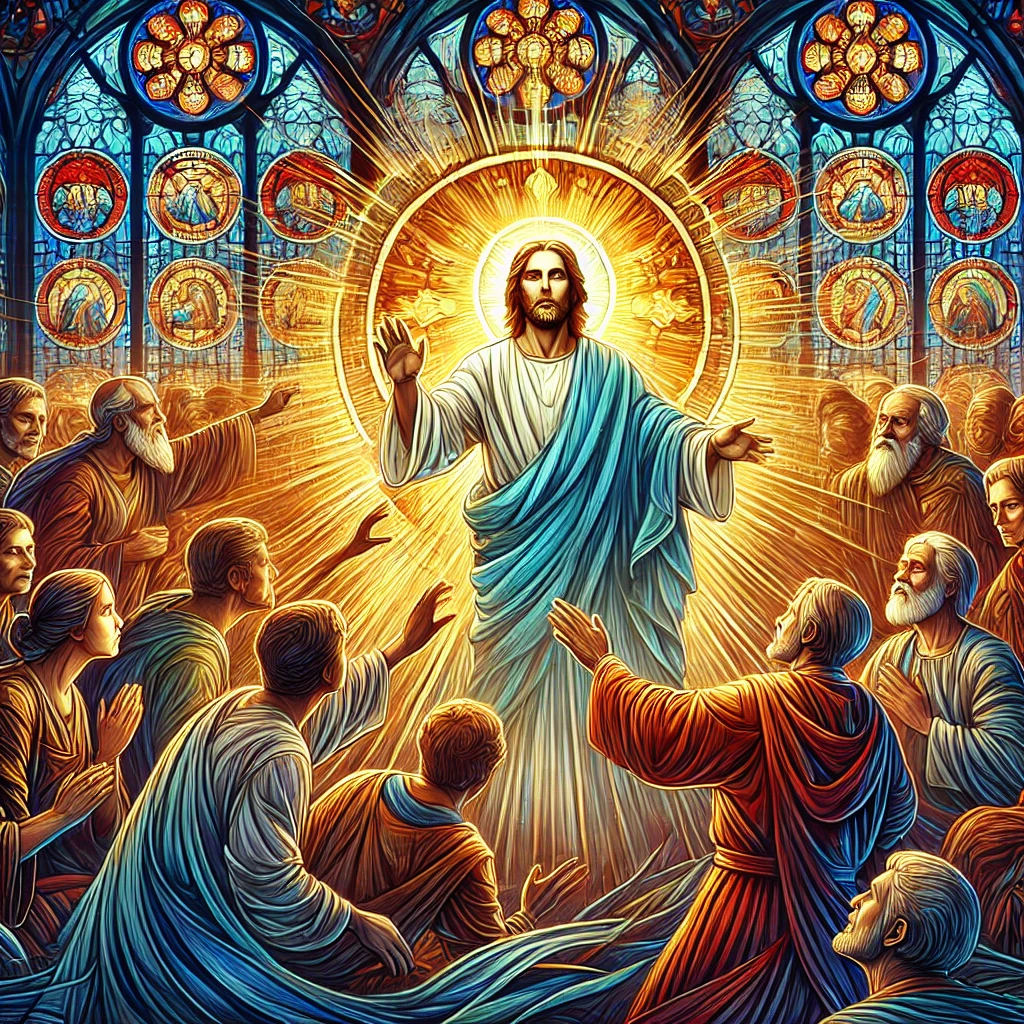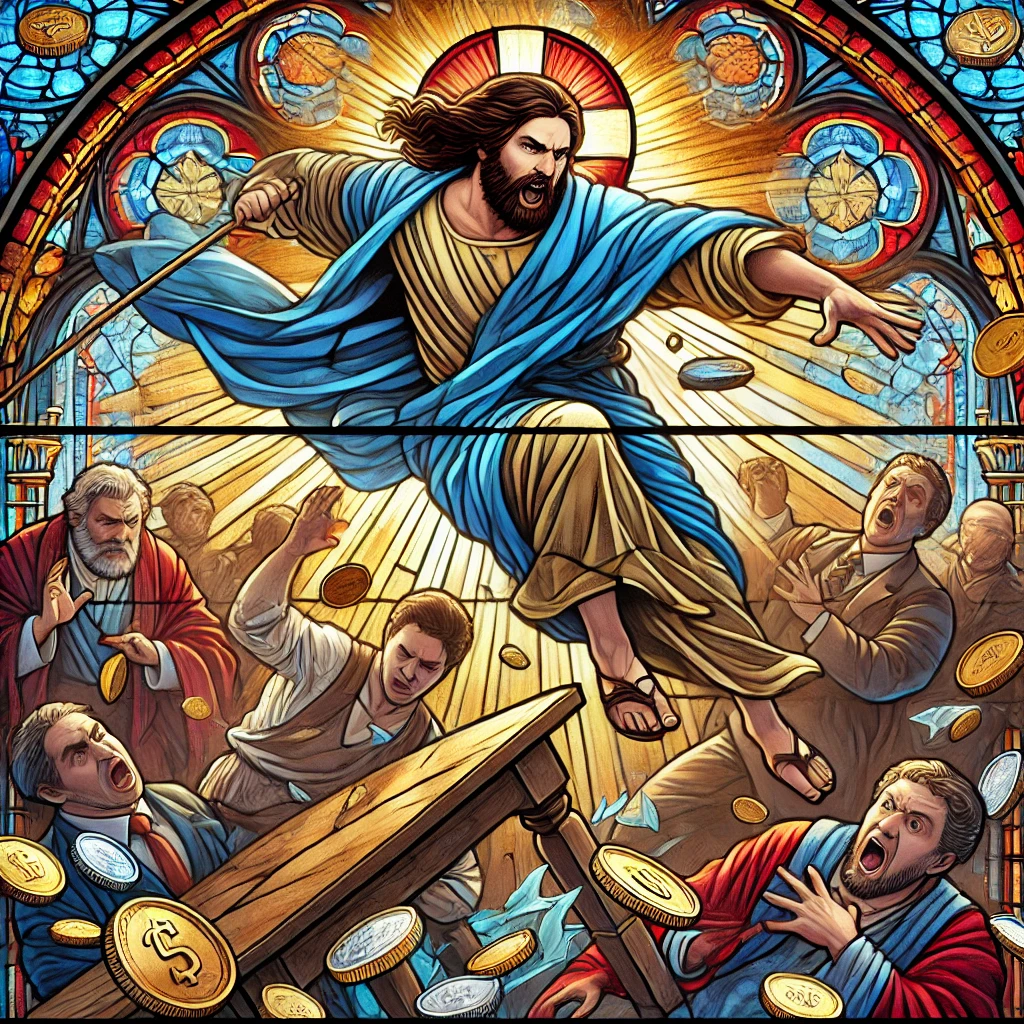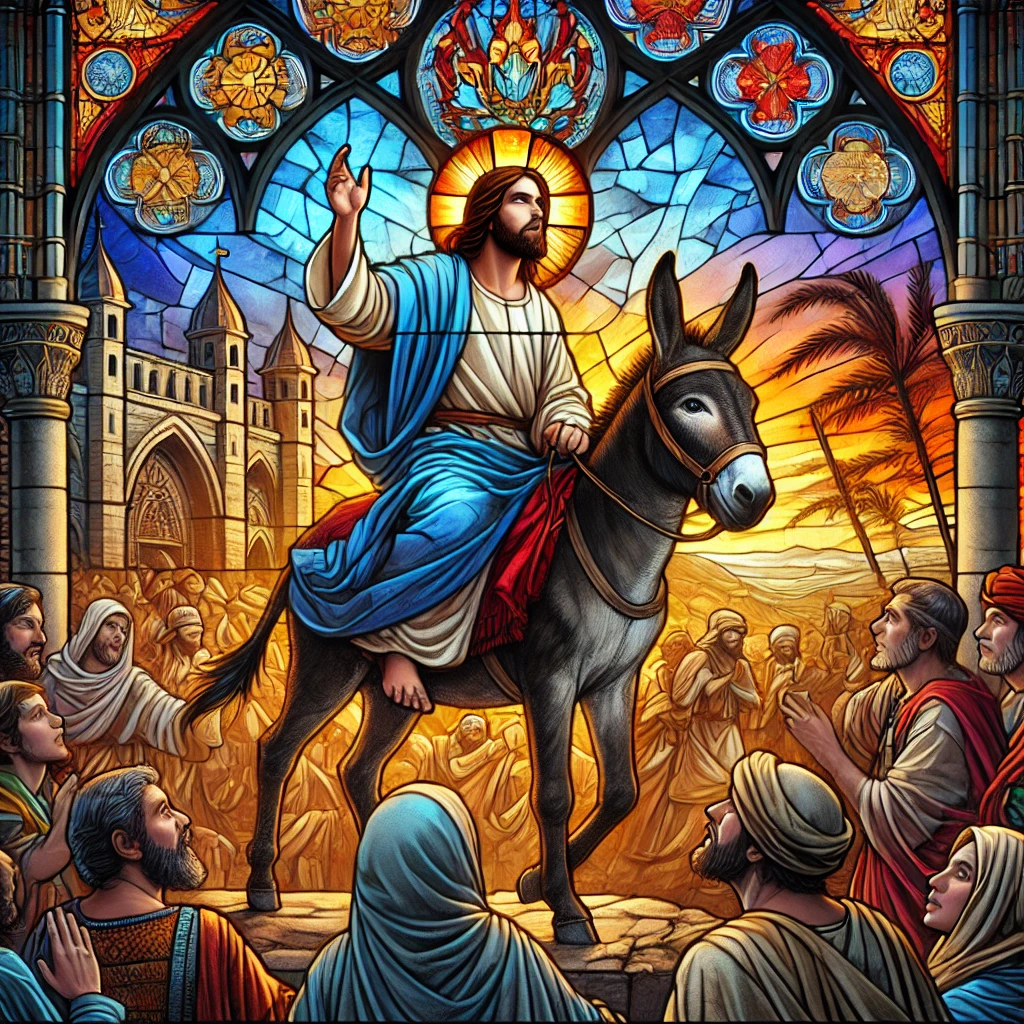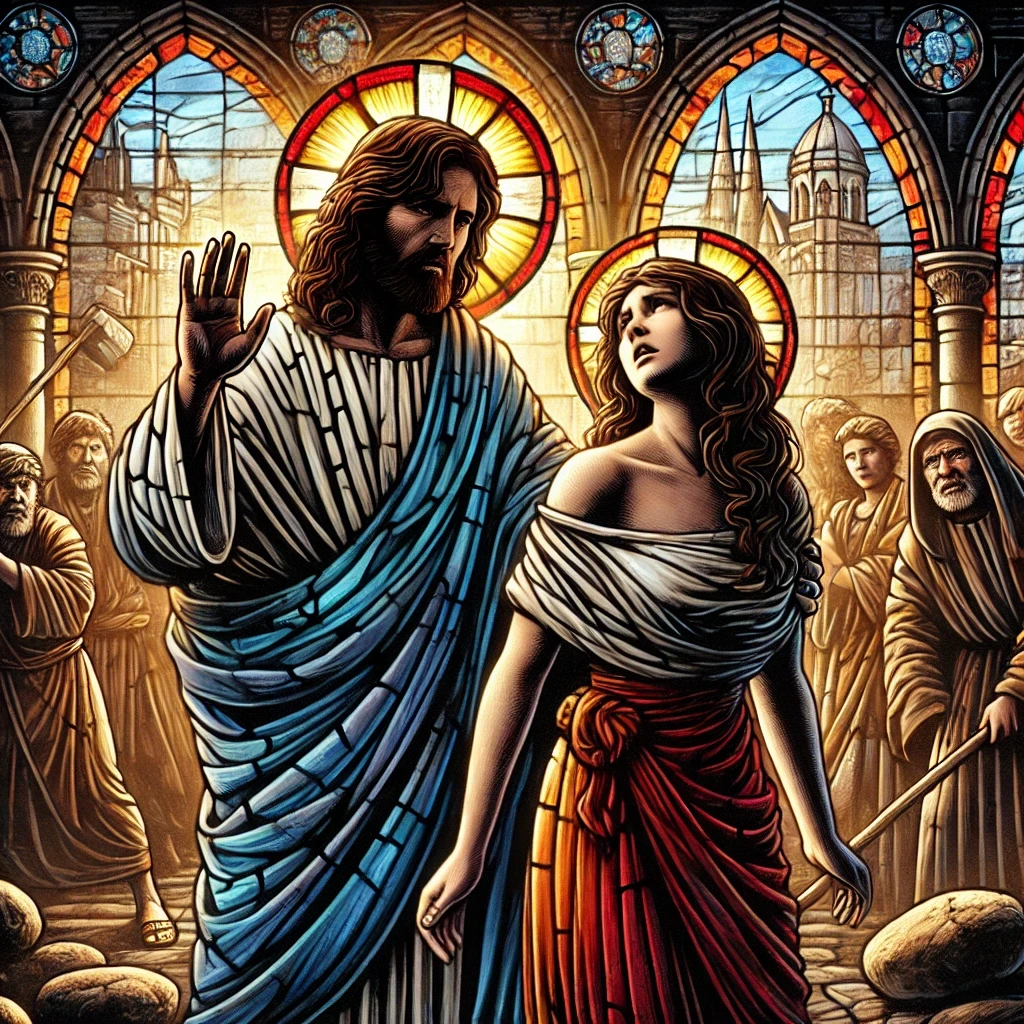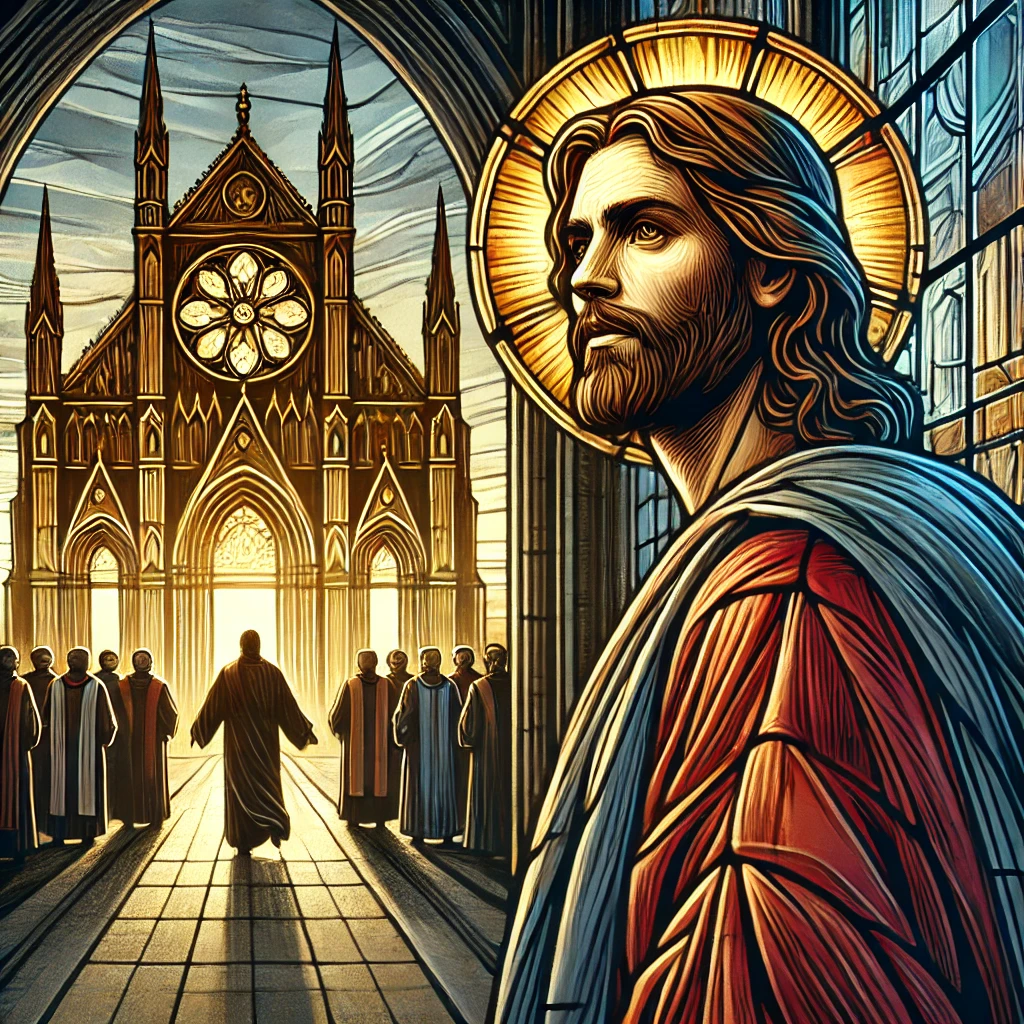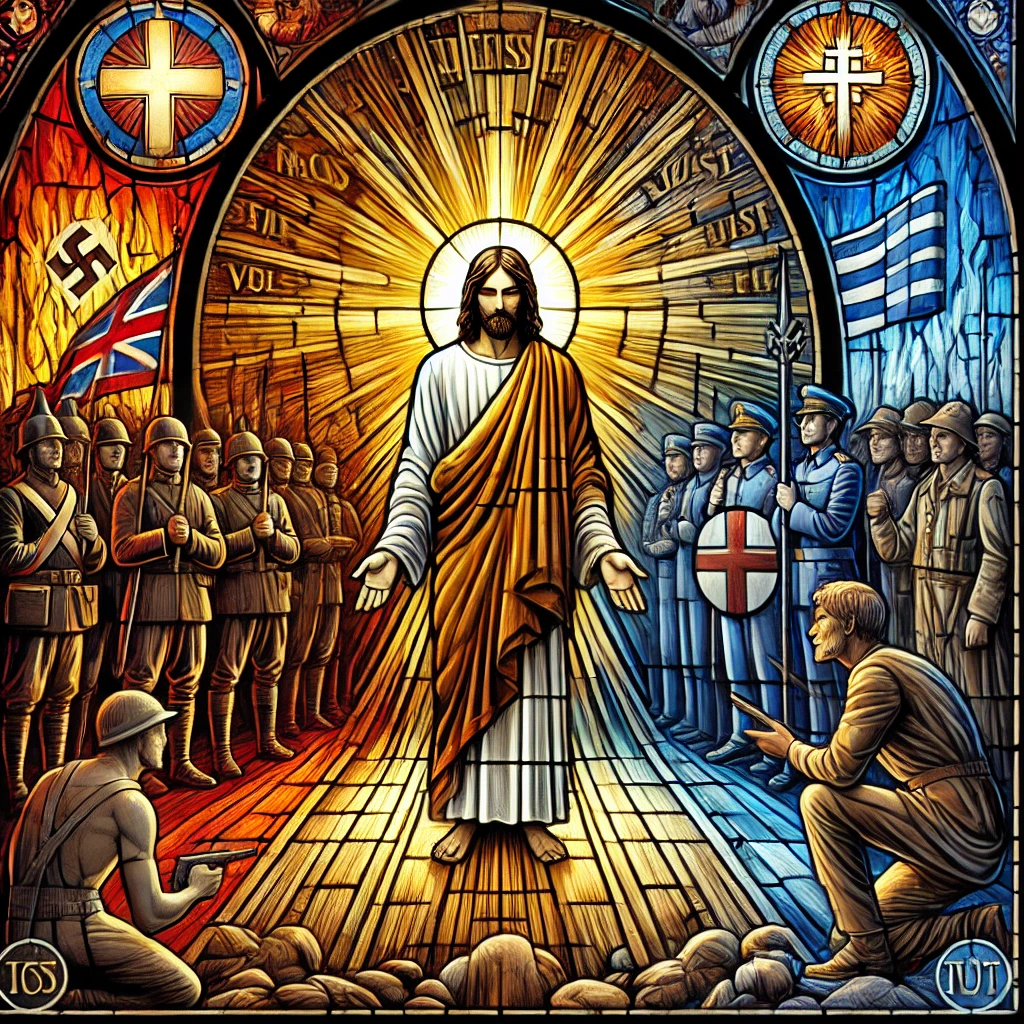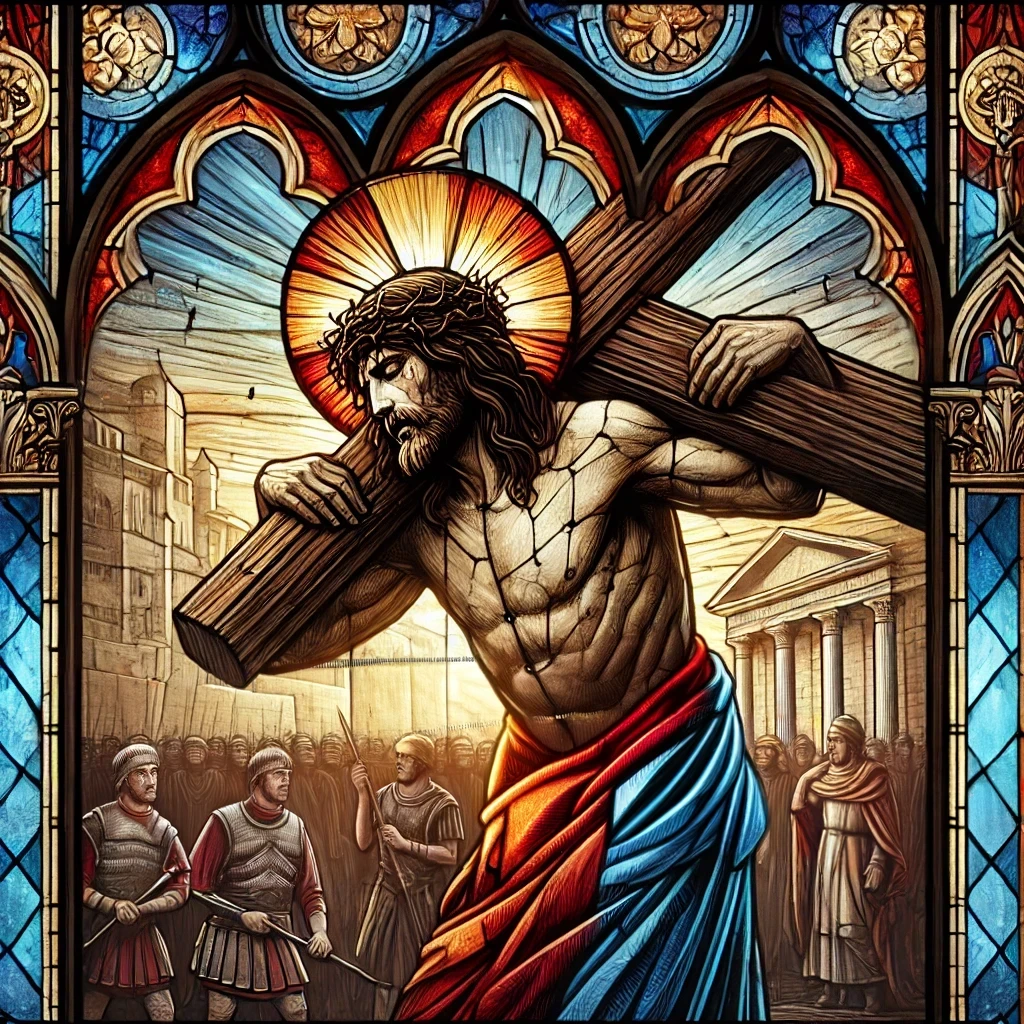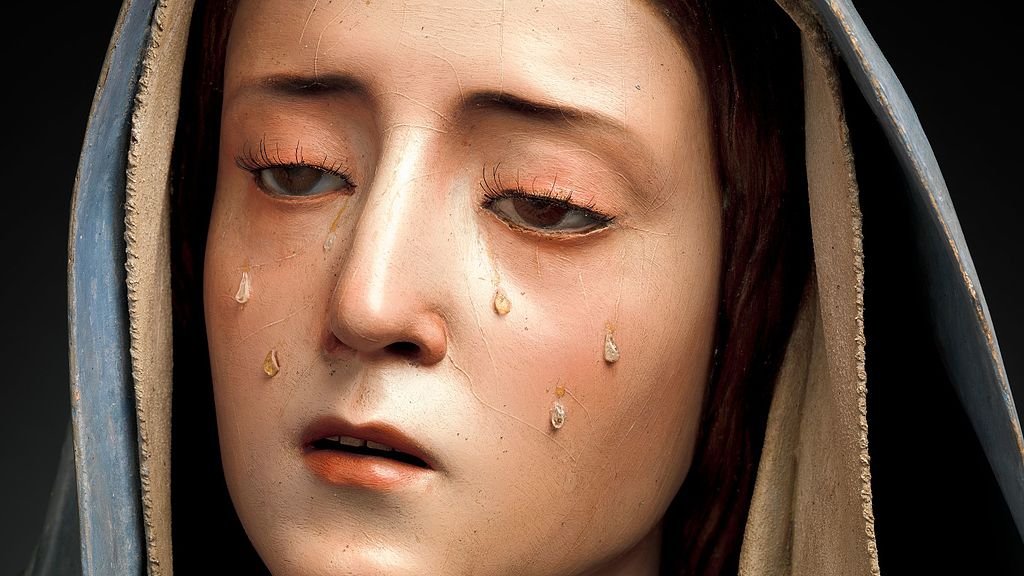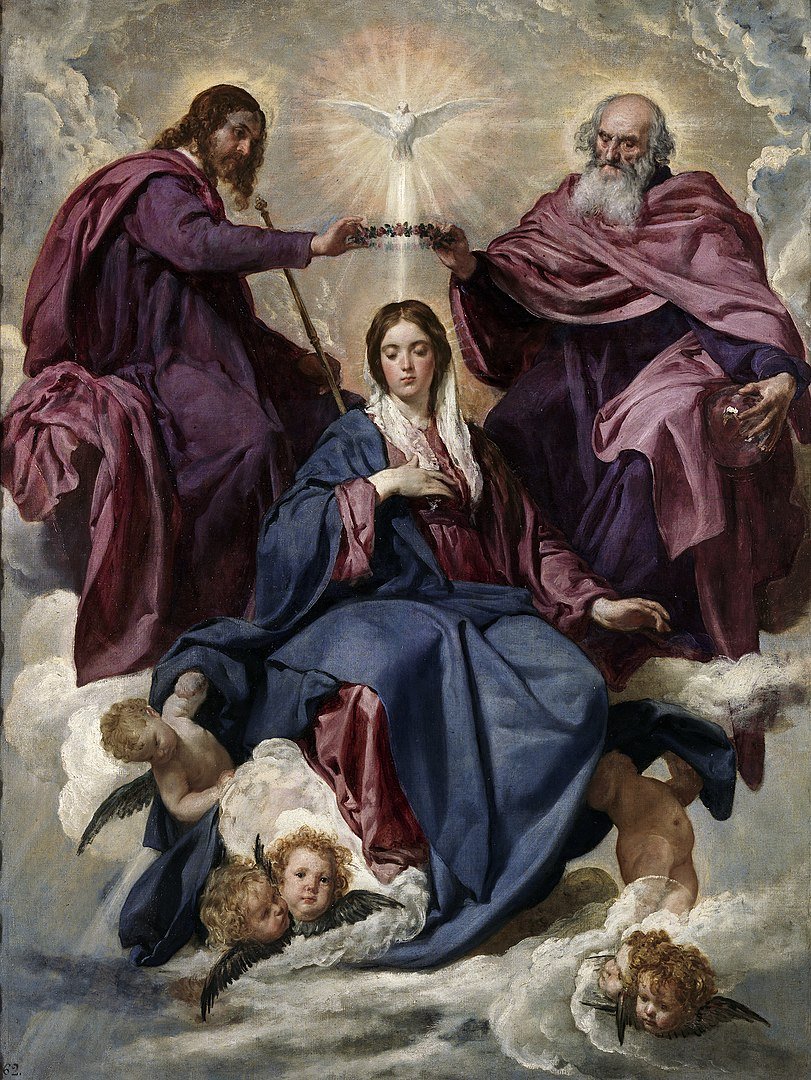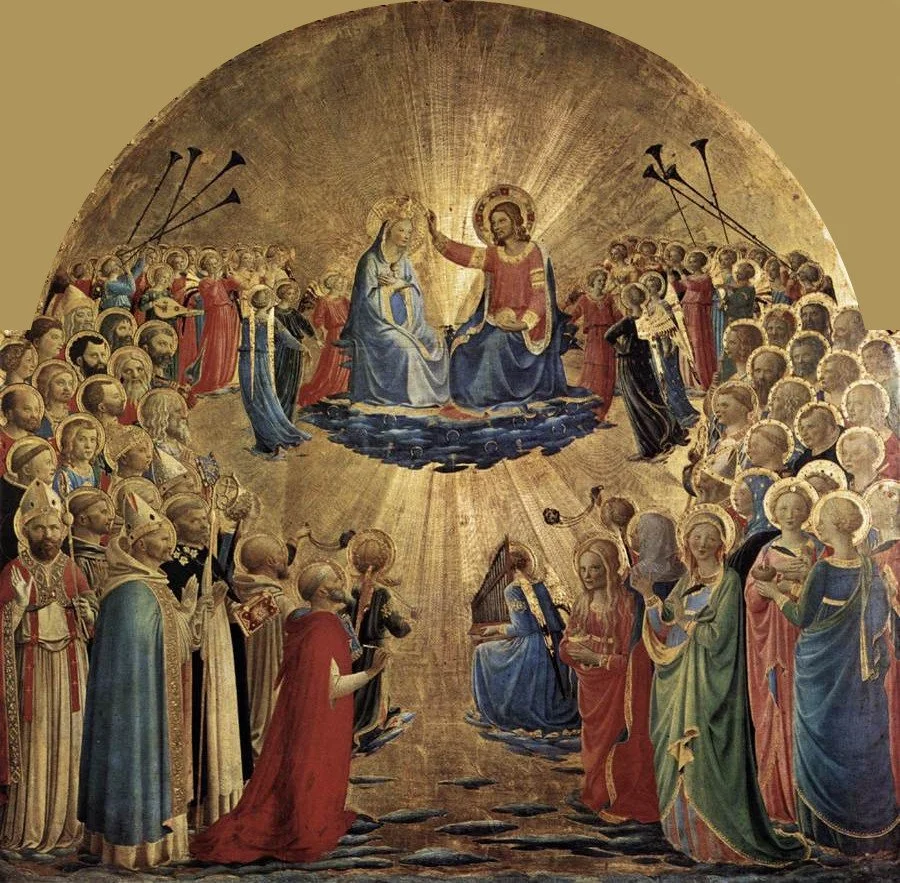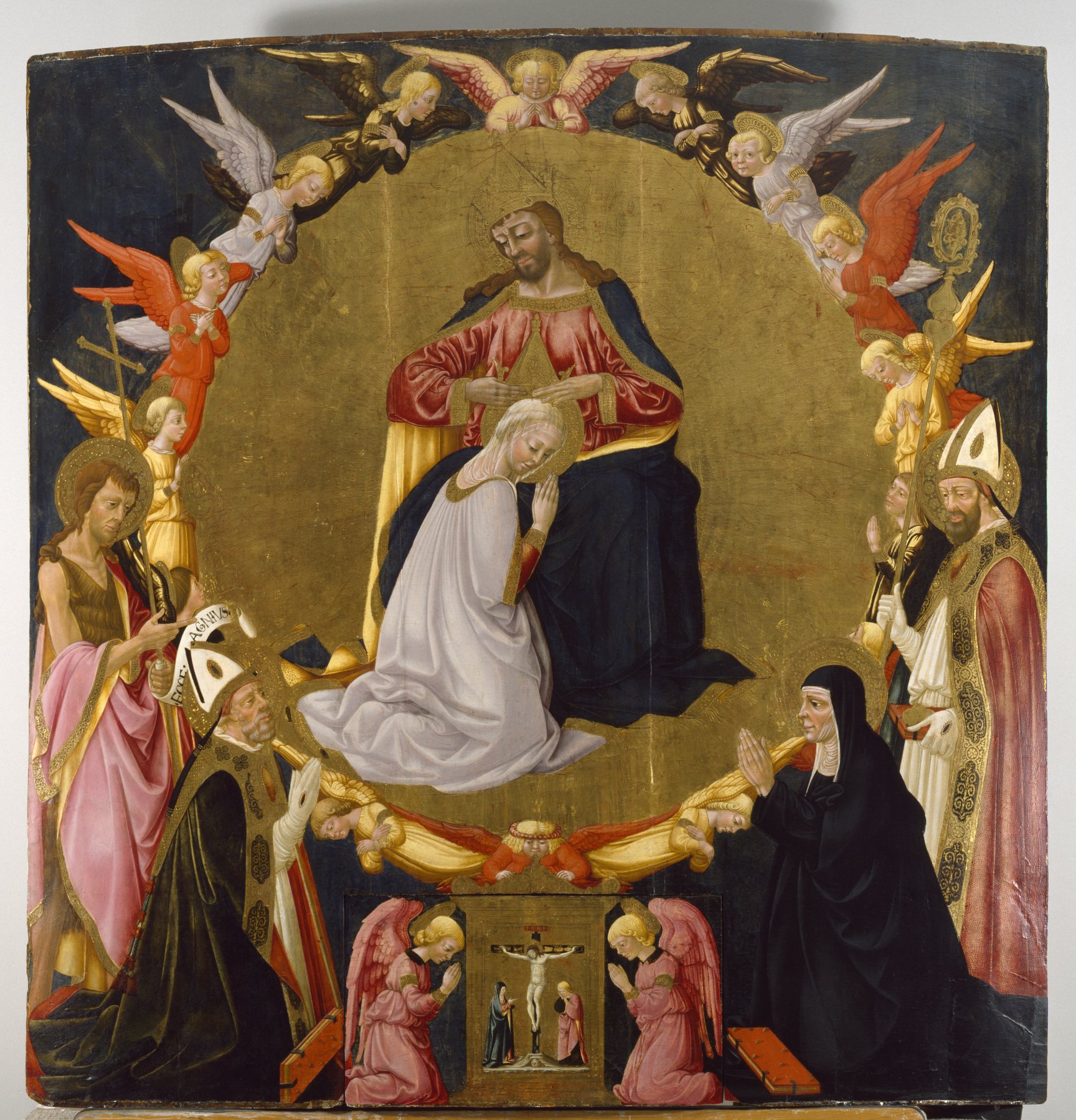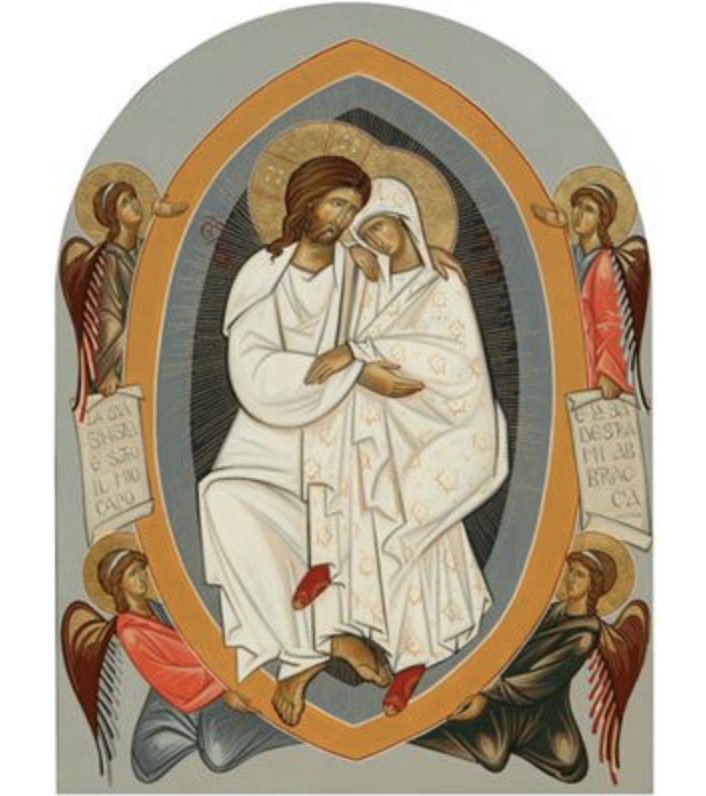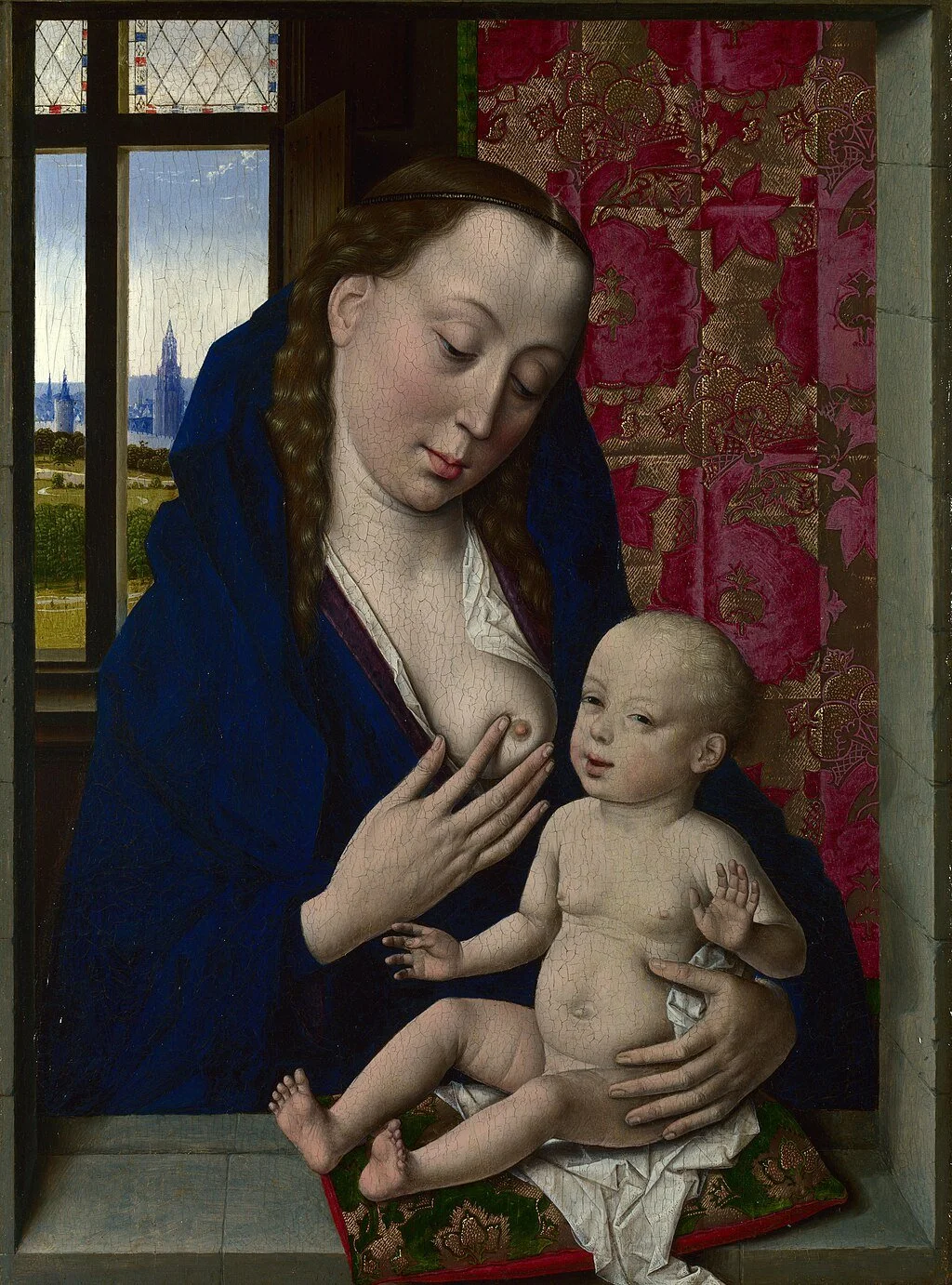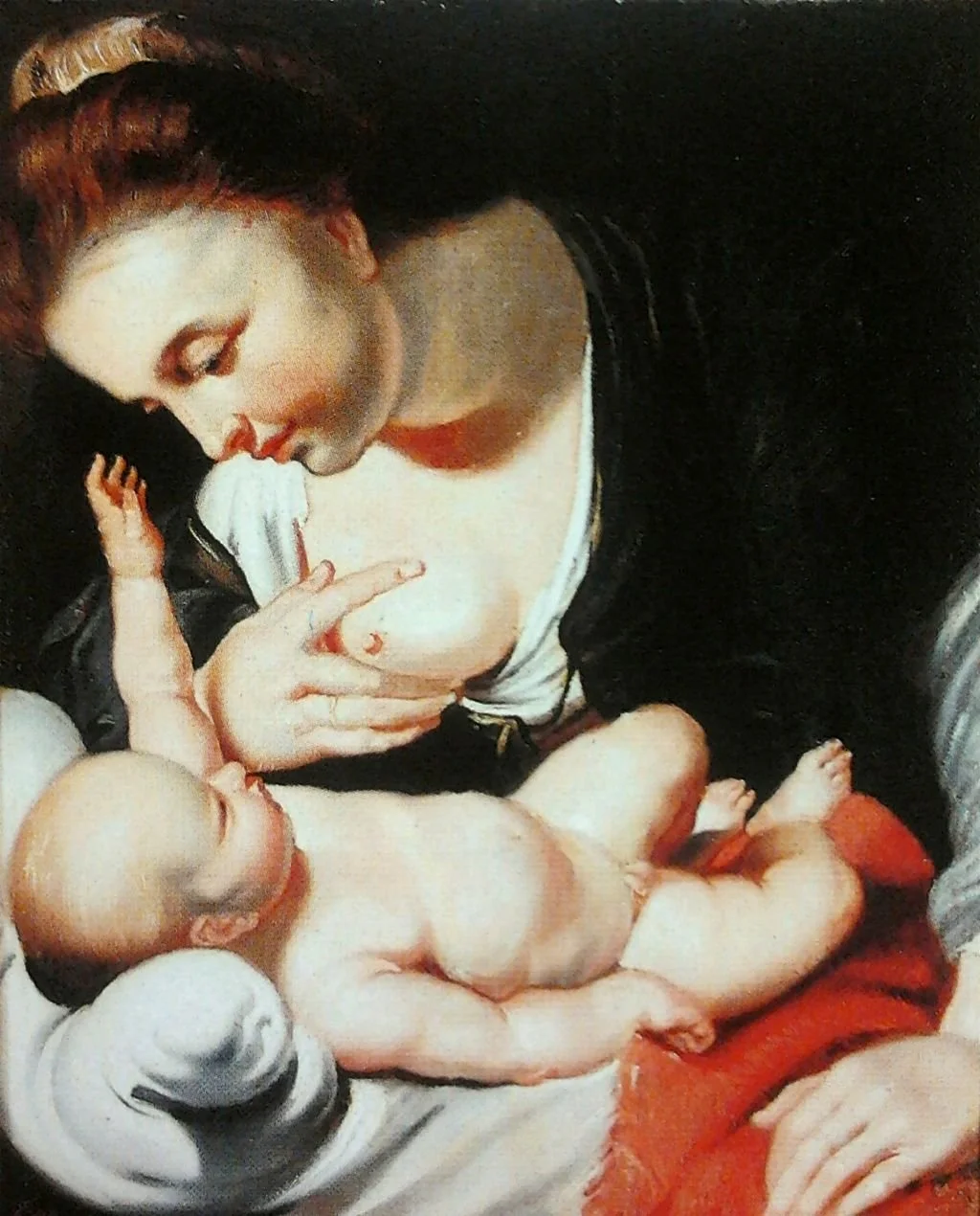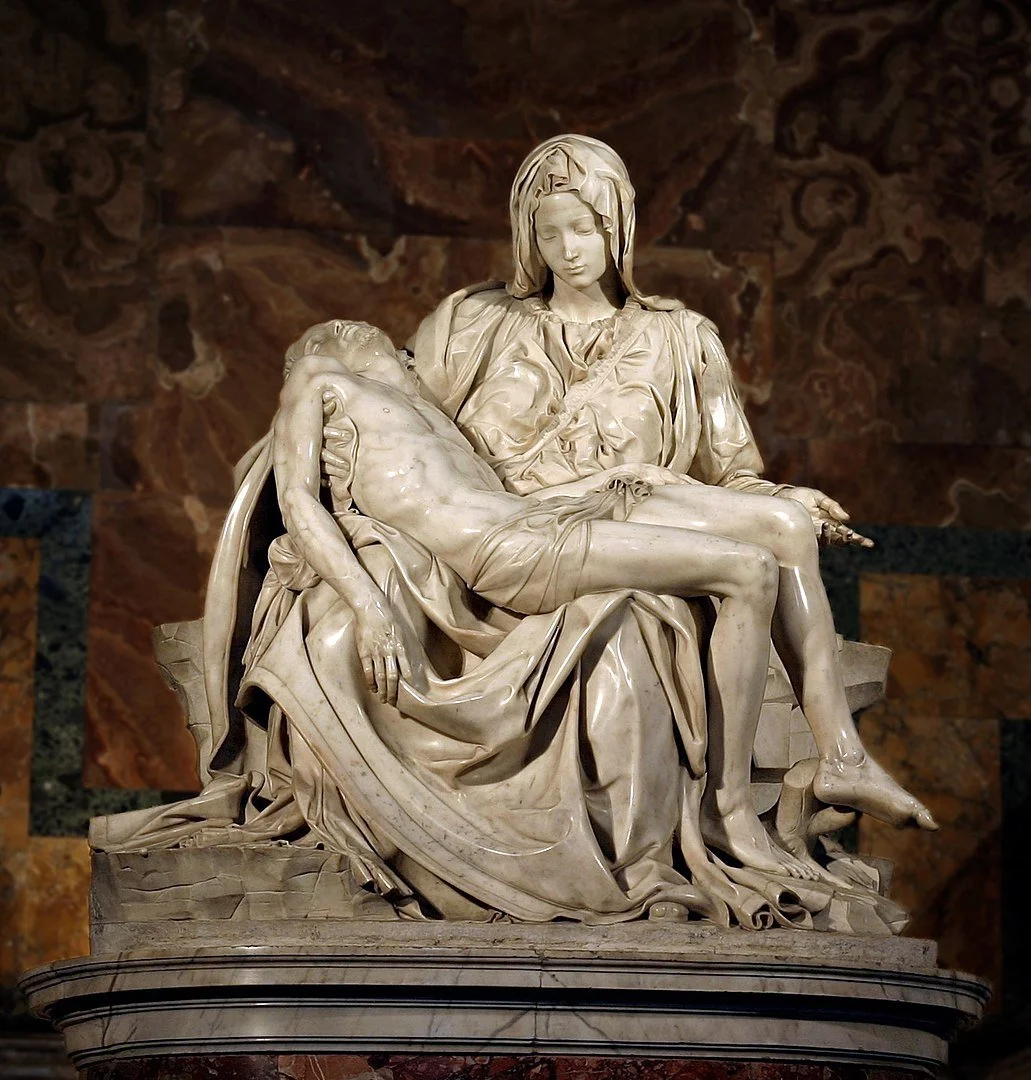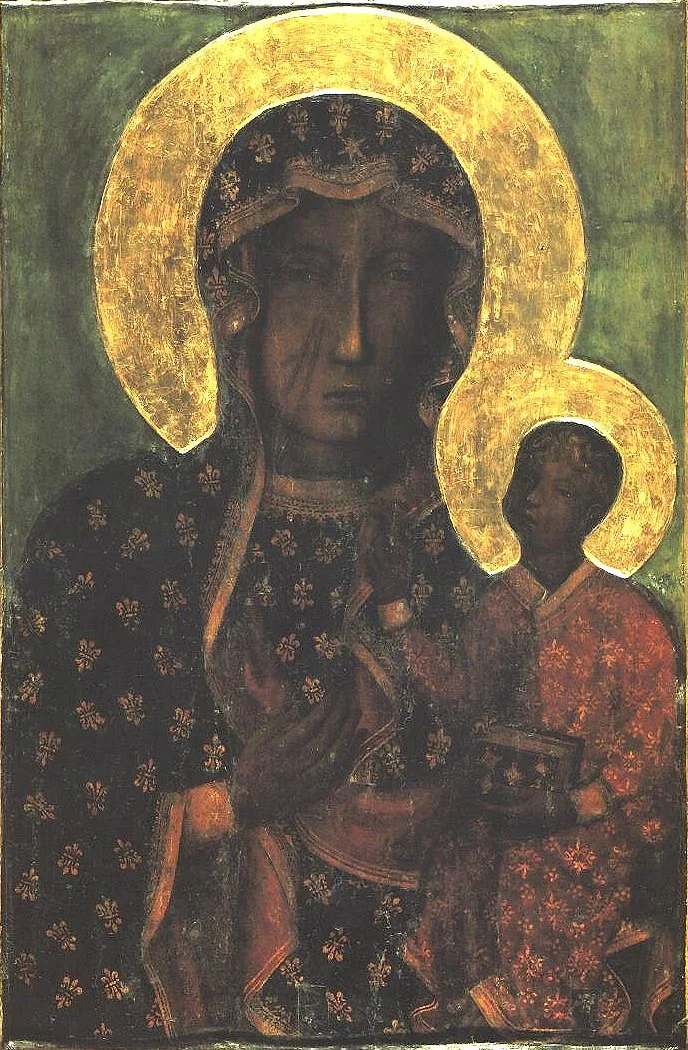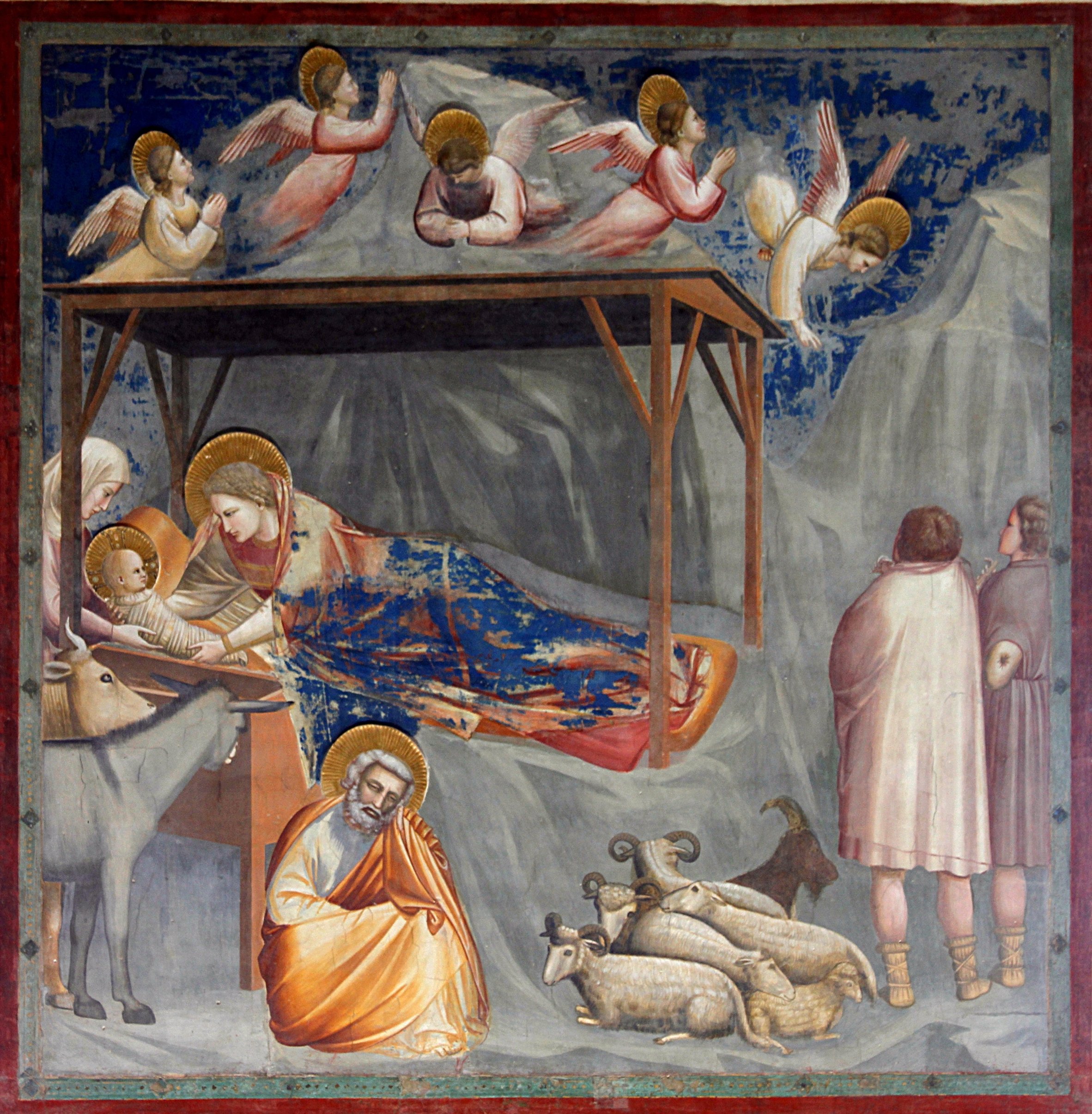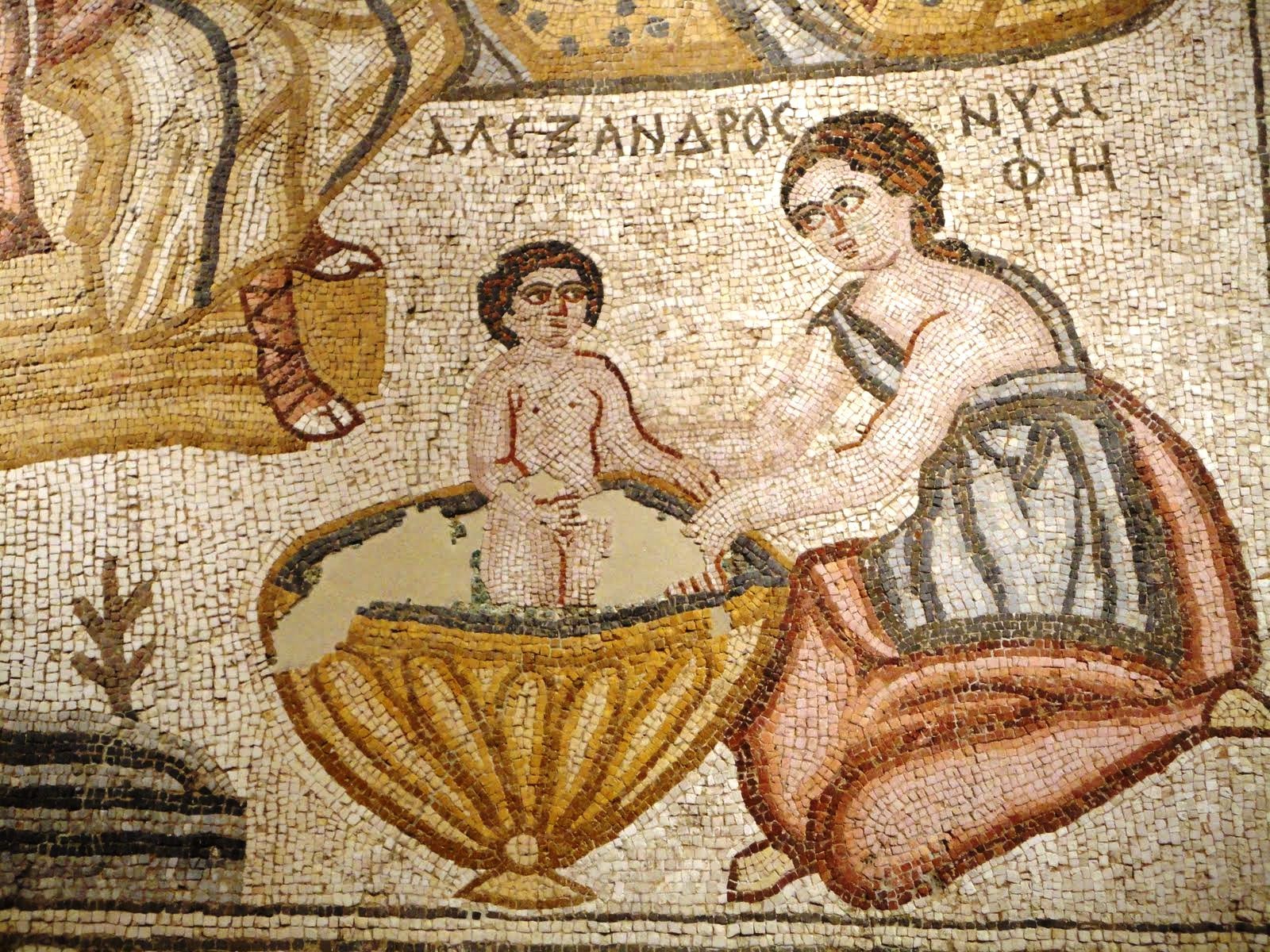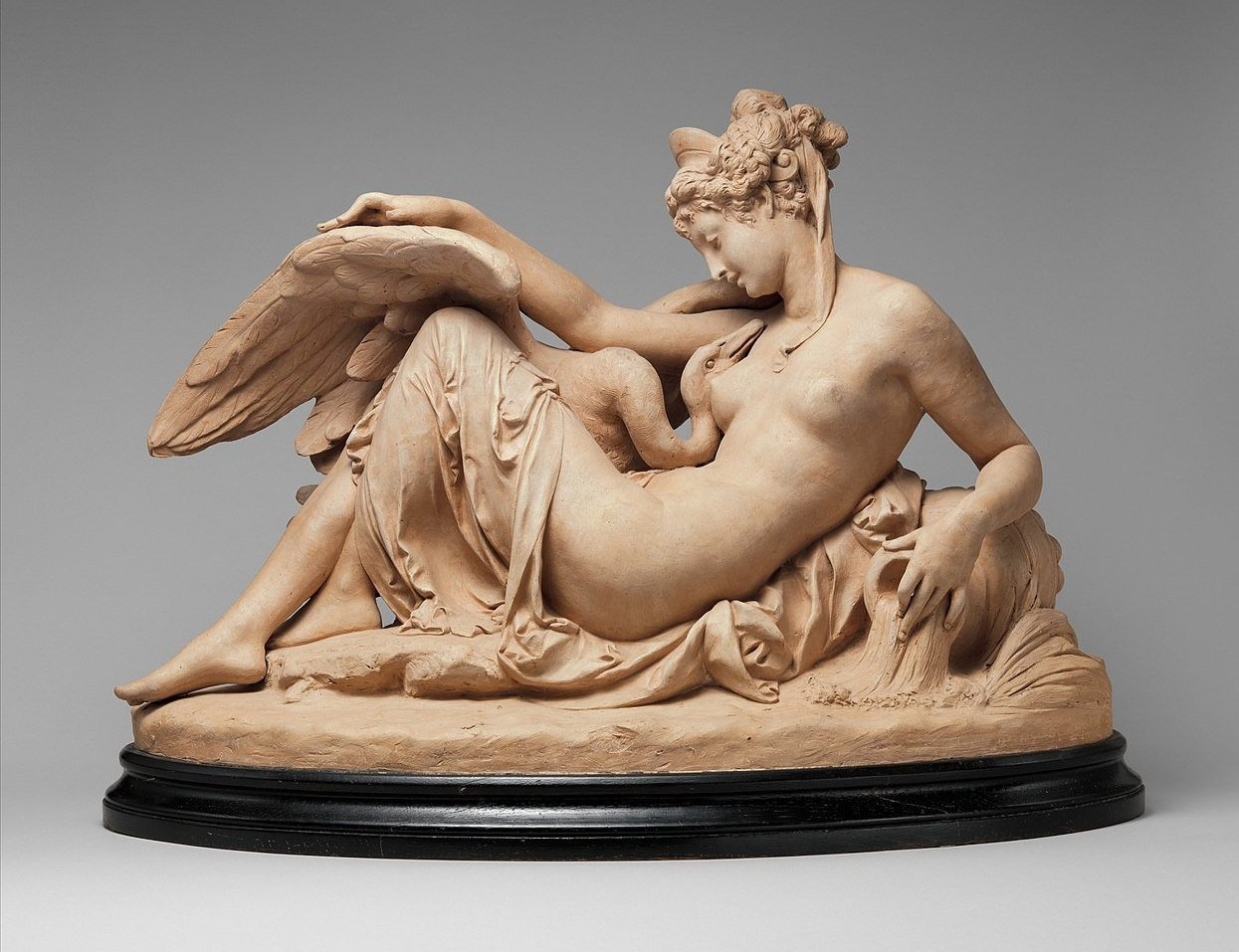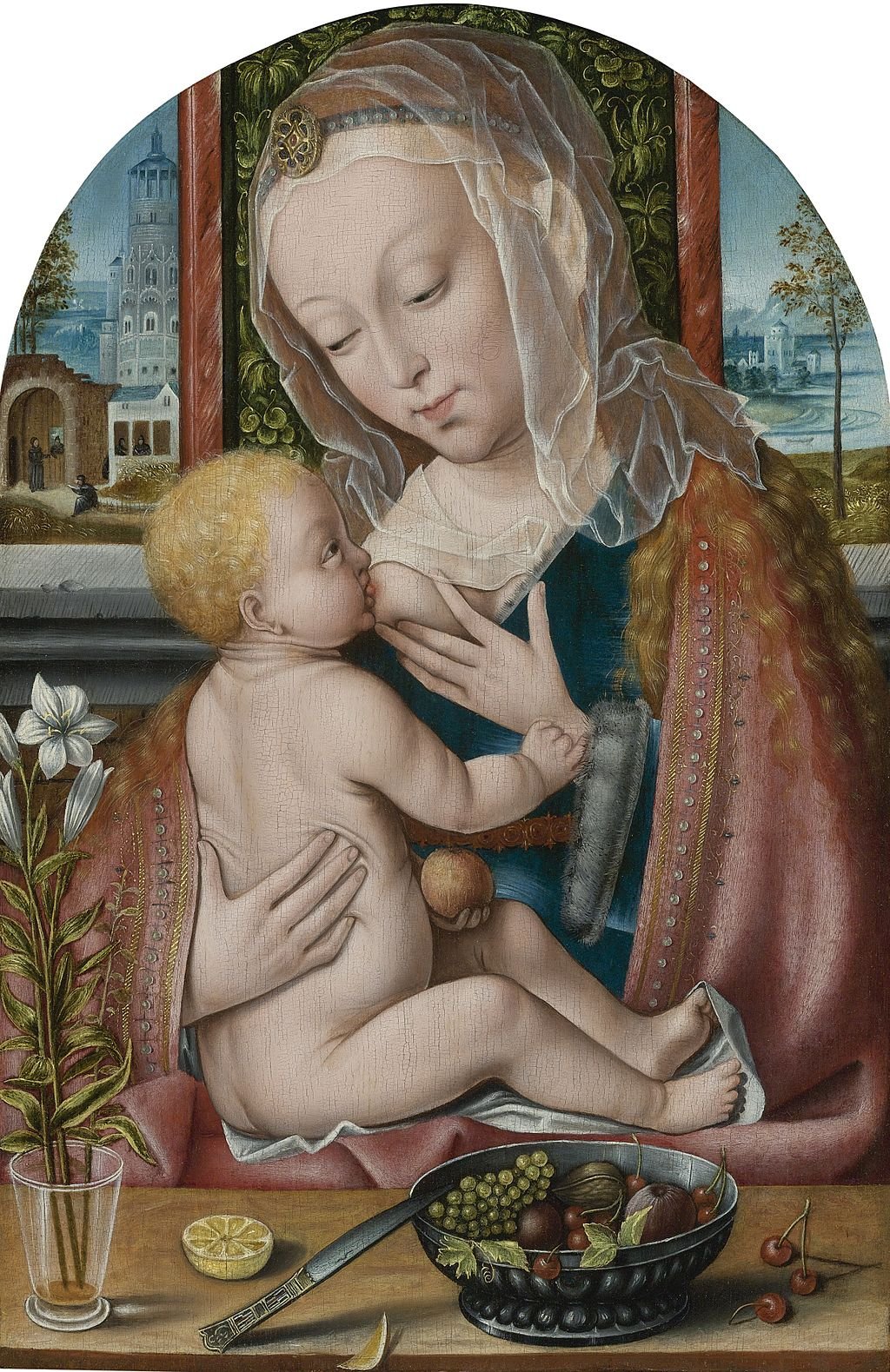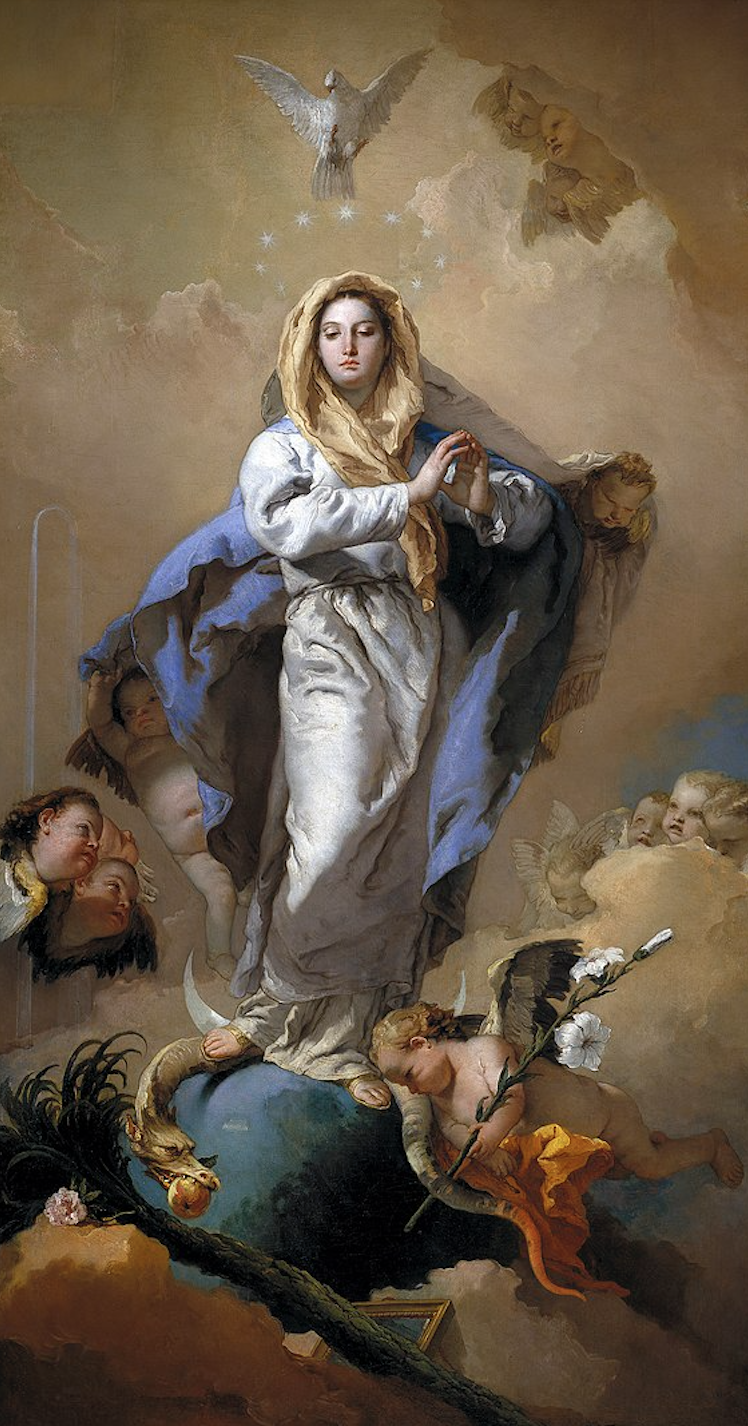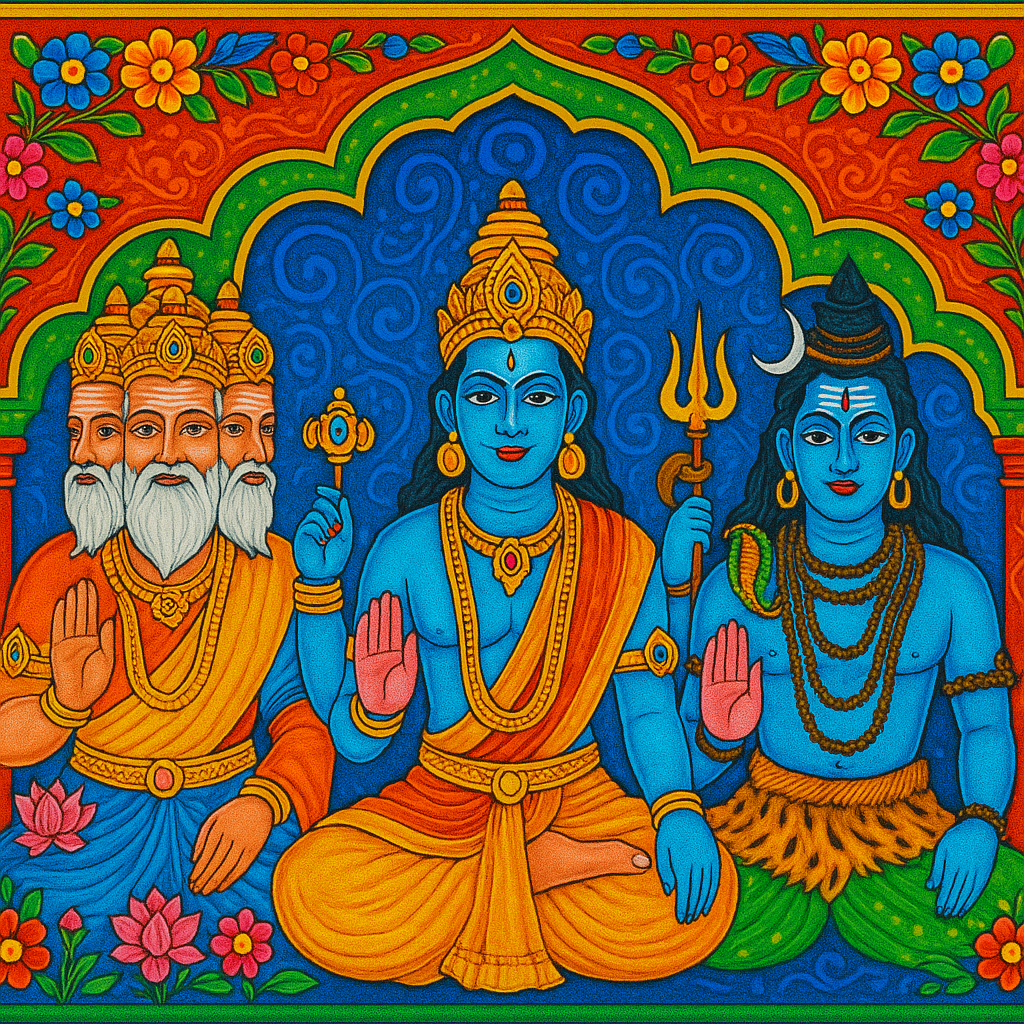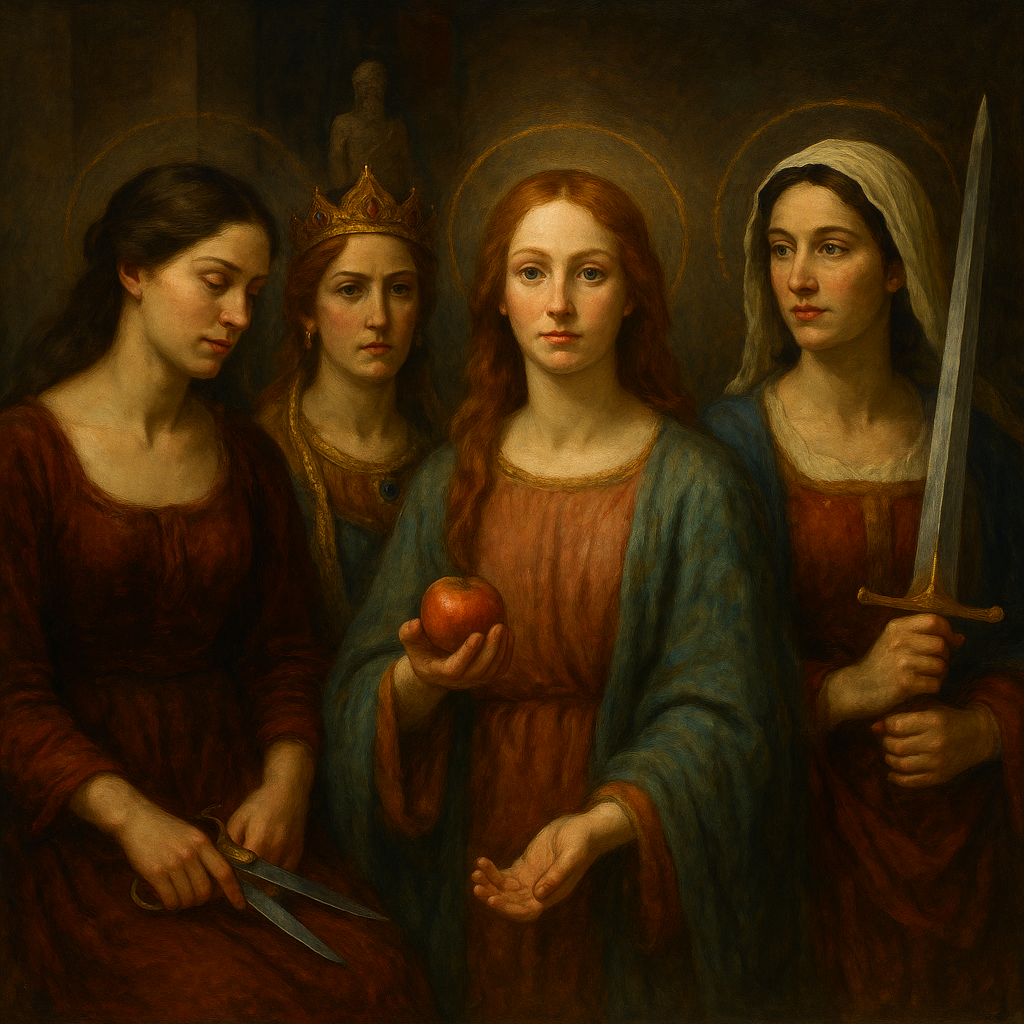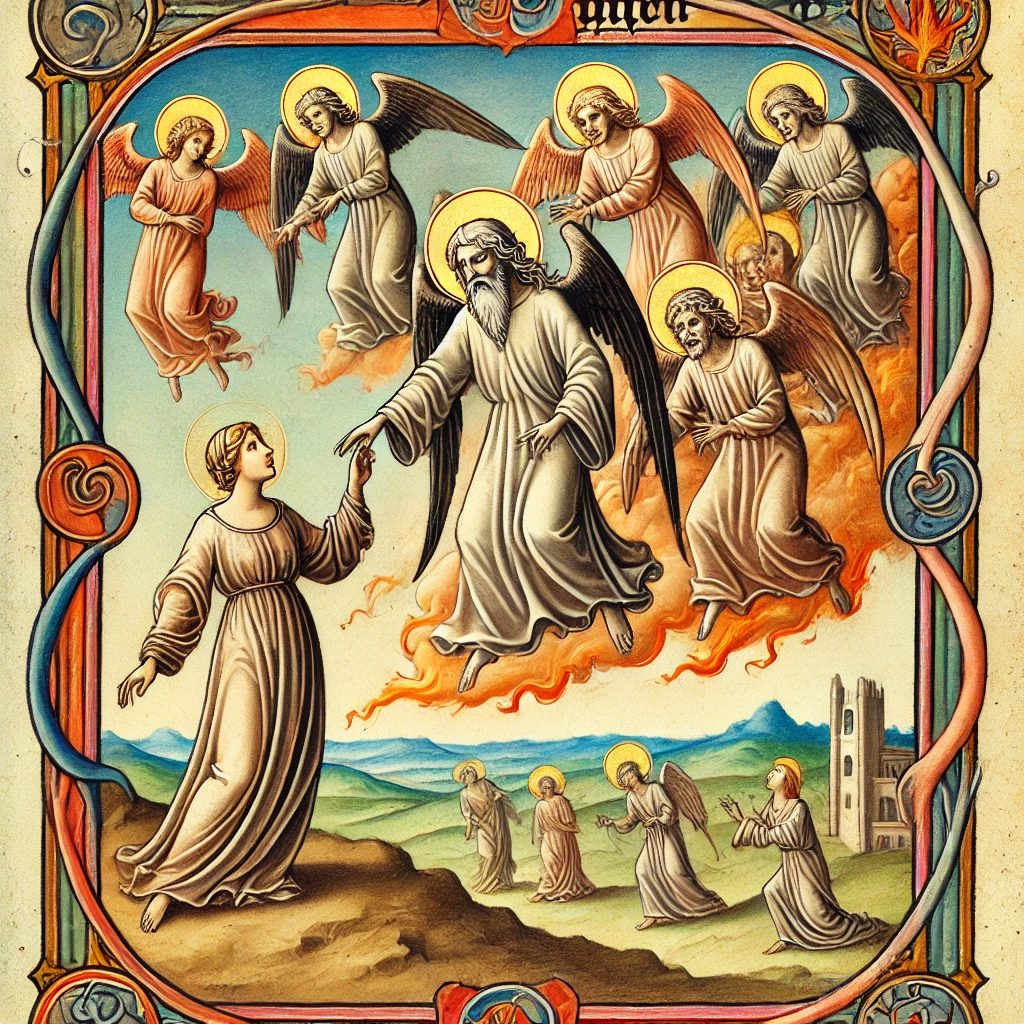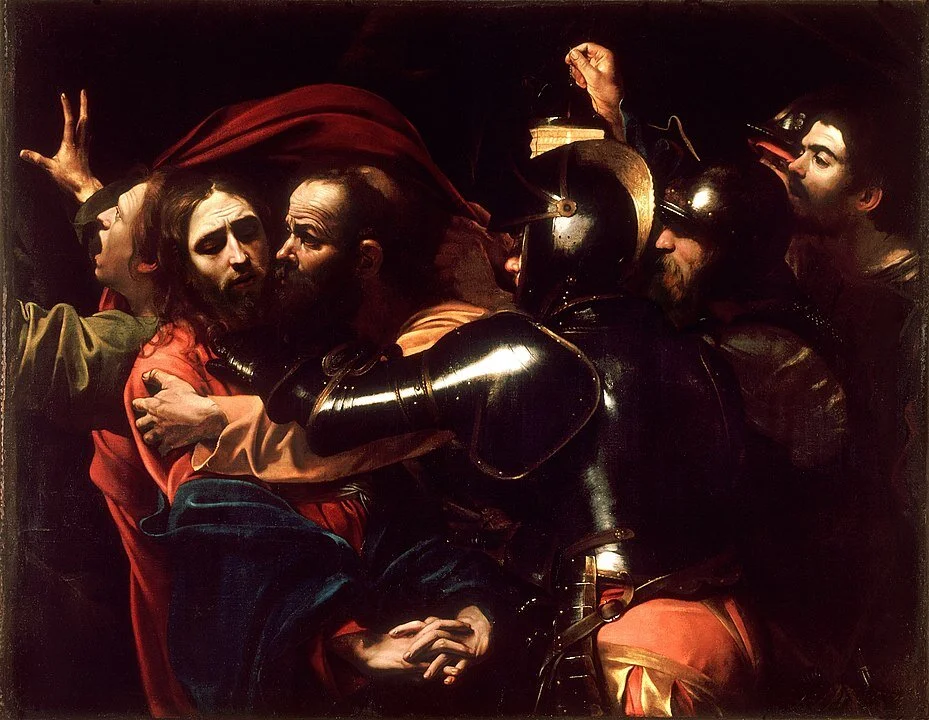Meet the Jesus you weren’t taught in Sunday school. How Christ’s message defied norms and continues to be misunderstood.
If you grew up with a sanitized, polite version of Jesus — the one who smiled at children, patted sheep on the head, and delivered motivational speeches about kindness — you were misled.
The real Jesus was a troublemaker, a rule-breaker, and a threat to religious and political elites. He was a man who told his followers to abandon their families, rebuked the religious authorities of his day, and welcomed women, tax collectors and sinners into his inner circle. He preached radical nonviolence while shaking up every power structure around him. And yet, modern Christianity has often sanitized him, turning a revolutionary into a figurehead for power-hungry, greedy, corrupt and close-minded institutions he surely would have condemned.
So, what did Jesus actually teach? And how has he been completely misunderstood? Let’s start with the ways he upended everything people thought they knew about God, religion and power.
How Jesus Was a Radical
He tore down religious authority.
Jesus didn’t uphold the religious establishment. He wanted to dismantle it.
The Pharisees and Sadducees — the religious gatekeepers of his time — were obsessed with rules, from Sabbath restrictions to purity laws. Jesus? He ignored them. He healed people on the Sabbath (Mark 3:1-6), touched lepers, and even ate with “unclean” sinners. But he didn’t stop there: He actively attacked their authority, calling them “blind guides” and “hypocrites” (Matthew 23:13-24).
Perhaps the most blatant act of defiance came when he stormed into the Temple, flipped over tables, and drove out money changers with a whip (John 2:13-16). That was an assault on the entire system of religious corruption that profited from people’s faith. No wonder they wanted him dead.
He rejected earthly power (and made Rome nervous).
The Jewish people were expecting a military messiah — someone to overthrow the Roman Empire and restore Israel’s glory. Instead, they got a man who rode into town on a donkey — yes, a humble beast, but also a deliberate nod to prophecy. Their savior wasn’t a warrior, though; he told people to “turn the other cheek” (Matthew 5:39) and “love your neighbor as yourself” (Matthew 22:39). What a letdown.
Jesus’ entire Kingdom of God message was subversive because it challenged both Rome and Jewish leadership. When people tried to trap him by asking if they should pay taxes, Jesus delivered his famous line: “Give to Caesar what is Caesar’s, and to God what is God’s” (Mark 12:17). It wasn’t just a clever dodge; it was a denial of Rome’s ultimate authority. His kingdom wasn’t built on armies and taxes, but on justice, mercy and radical love. That made him a political liability.
He told people to abandon their families.
This one rarely makes it into the warm-and-fuzzy Jesus narrative. Jesus wasn’t about family values — at least, not in the traditional sense.
He explicitly told people to leave their families behind if they wanted to follow him:
“If anyone comes to me and does not hate father and mother, wife and children, brothers and sisters — yes, even their own life — such a person cannot be my disciple.” (Luke 14:26)
Hate your parents? That’s… extreme. But Jesus wasn’t advocating literal hatred; he was saying that loyalty to God’s kingdom had to come first, even before family obligations. In a society where family was everything, this was shockingly countercultural.
And when someone told him, “Hey, I’ll follow you, but first let me go bury my father,” Jesus replied, “Let the dead bury their own dead” (Luke 9:60). Translation: No excuses. This mission is urgent. Of course he did think the end times were going to happen within his lifetime.
He elevated women in a society that saw them as inferior.
Women in first-century Judea weren’t exactly treated as equals. They couldn’t testify in court, they were largely excluded from religious leadership, and they were often considered property. Yet Jesus shattered these norms.
He taught women as disciples (Luke 10:38-42), something unheard of for a Jewish rabbi.
He defended a woman caught in adultery from being stoned, challenging a law everyone accepted (John 8:1-11).
He spoke to a Samaritan woman at a well (John 4:7-26), ignoring racial, gender and religious taboos in one go.
Mary Magdalene, not Peter nor any other male disciple, was the first to witness and proclaim his resurrection (John 20:11-18).
In a culture where a woman’s testimony was considered worthless, Jesus entrusted the most important message in Christian history to a woman. If that’s not radical, what is?
How Jesus Is Misunderstood Today
He wasn’t a champion of organized religion.
Ironically, many churches today function like the Pharisees — obsessed with rules, hierarchy and institutional power. But Jesus was against organized religion; he was about tearing down barriers between people and God.
When he said, “The Sabbath was made for man, not man for the Sabbath” (Mark 2:27), he was dismantling the idea that religious rituals were more important than people. Today, some Christian institutions do the opposite — using doctrine to exclude, judge or control.
Jesus’ kingdom wasn’t about political power.
Some modern groups try to hijack Jesus for political agendas — whether it’s nationalism, capitalism or theocracy. But Jesus never sought earthly power. He said, “My kingdom is not of this world” (John 18:36), which means he wasn’t interested in ruling governments.
Any time Jesus is used to justify violence, nationalism or oppression, we’ve strayed far from his teachings.
Christianity has made Jesus more about rules than love.
Jesus didn’t say, Follow these 613 laws and you’ll be saved. He said, Love God and love your neighbor — that’s the whole deal (Matthew 22:37-40). But over time, his message got lost in a maze of rules, shame and endless theological debates about who’s in and who’s out.
The irony? Jesus spent most of his time calling out religious folks for their obsession with rules while embracing the most marginalized people in society.
Reclaiming the Radical Jesus
The real Jesus wasn’t a goody-goody figurehead of religion — he was a revolutionary who upended the status quo. He was killed precisely because he was a threat to those holding religious and political power.
Those who follow him should reject the sanitized, institutionalized version of Jesus and embrace the radical, table-flipping, rule-breaking teacher who challenged authority, welcomed the outcasts, and preached a love so dangerous it got him executed.
So the question is: Are we following the real Jesus, or just a comfortable version of him? –Wally

